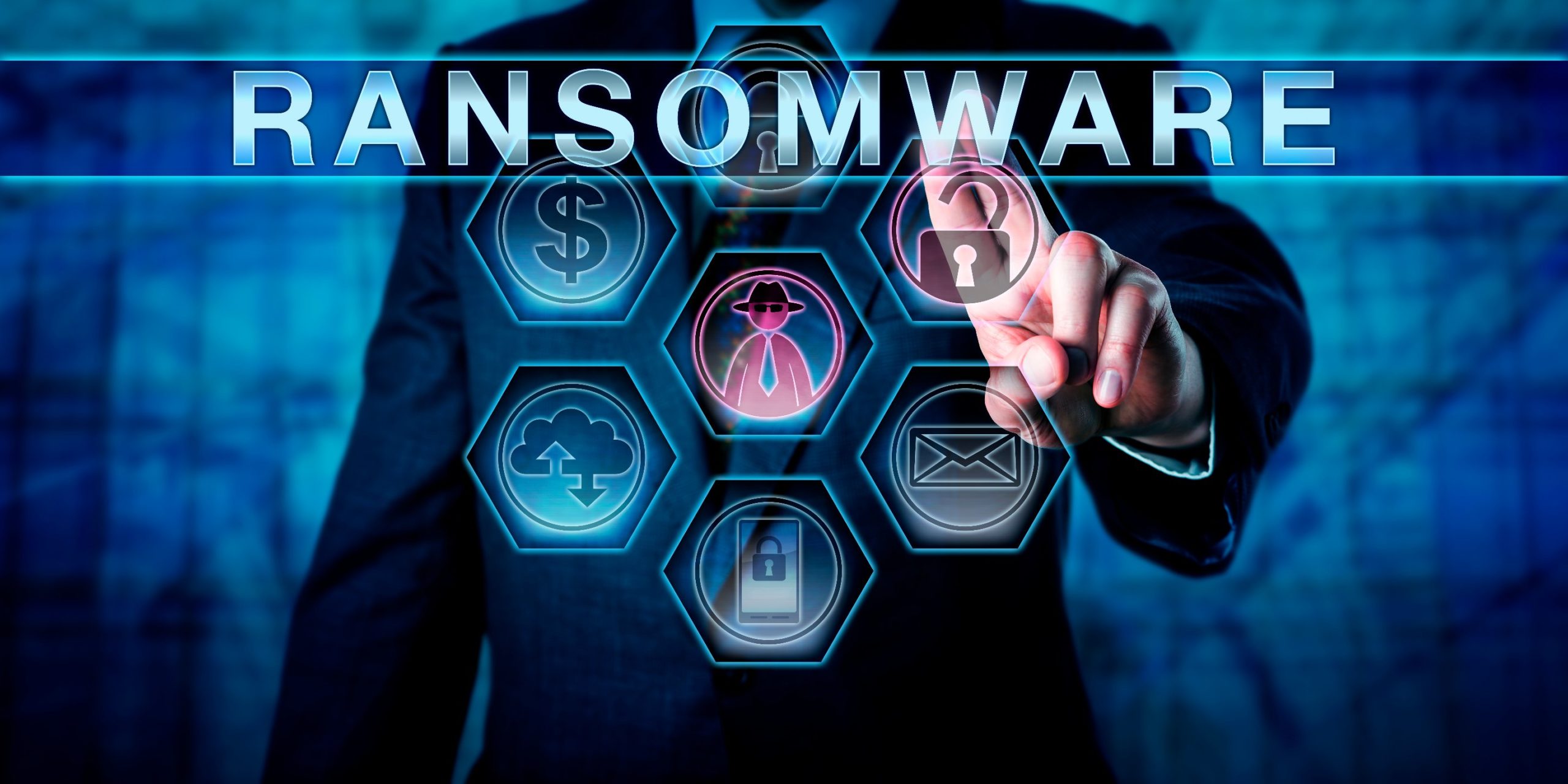By: Editorial Staff, Date: October 18th, 2022
The rising trend of ransomware incidents in recent years is pushing many businesses to put their cybersecurity priorities to the core. Most notably, as cyber attackers (threat actors) get highly sophisticated and advanced, their targeting ability to plan for their next victims spans a wider range of industries including healthcare, educational institutions, state and local governments, manufacturing, etc.
All too often, these cyber thieves are targeting individuals, groups, and organizations that are most likely willing to pay the ransom just to get back their most critical data. This evolving cyber threat landscape is painting a clear picture of the key significance of having a robust cyber defense system in place and a well-planned cyber incident response.

The Key Concept of a Ransomware Attack
In a nutshell, ransomware attackers would destroy your business’s digital life by holding your business files and sensitive data from access in your device while promising decryption after a ransom has been paid, usually in cryptocurrency.
As data has been locked and encrypted, these threat actors would extort money from the victims while threatening them to leak and sell the stolen data online. Most often, though, the reported ransomware incidents would show a low guarantee of data recoverability even after the ransom has been paid.
Practicable 7-Step Guide to Protect Against Ransomware
The threat of ransomware has grown to be a global business concern. Its potential impact and repercussions can bring some serious consequences, especially if you are caught unprepared.
Here’s a breakdown of proven tips to mitigate the damage and trouble of ransomware attacks:
- Make sure to install security software on your device. More than its antivirus feature, it also helps to protect your device including your mobile phones from smishing texts (phishing text messages).
- It’s important to keep your security software updated.
- Be extra cautious in opening emails, attachments, and suspicious links. Cybercriminals are using phishing emails as a gateway to spread malware.
- Use VPN in public wi-fi connections for online privacy and anonymity.
- Always back up your important data and files and ensure to keep them protected or stored offline. This way, attackers won’t be able to access them.
- Use cloud services. They usually retain the unencrypted version of your files.
- Don’t pay the ransom. Cybercriminals could repeatedly demand ransoms from you and would never release your data.
Solving ransomware threats is a mix of awareness, commitment, and technology adoption. Empower your business by focusing on preventative measures, detection, and recoverability. For more trusted insights on ransomware protection, get in touch with InterVision Systems
—————————————————————————————
Sources:
https://us.norton.com/blog/malware/how-to-avoid-ransomware#
https://us.norton.com/blog/malware/ransomware-5-dos-and-donts

